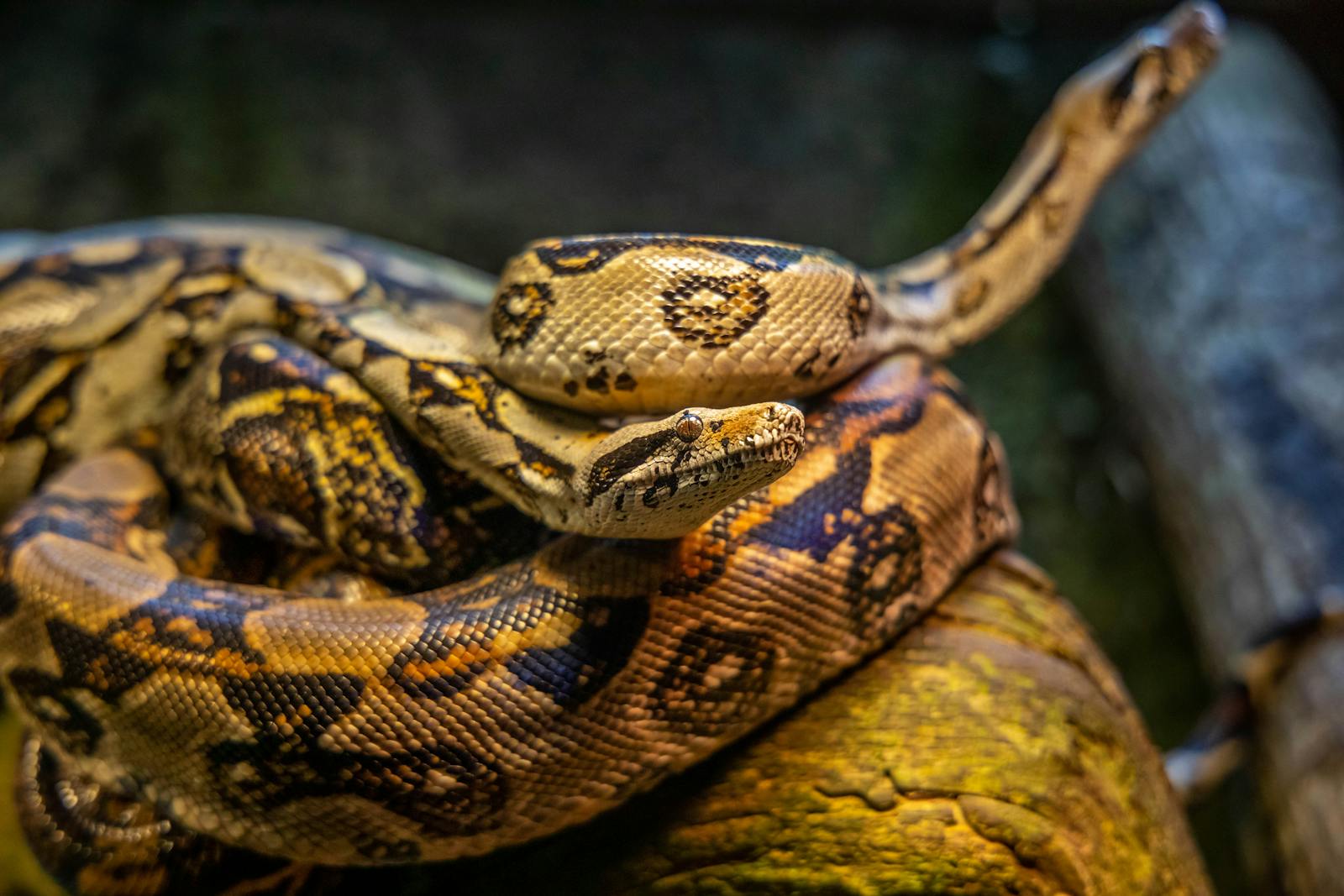Finding a snake in your yard can be startling, but it’s important to remember that most snakes are non-venomous and generally beneficial to your local ecosystem. They help control rodent populations and maintain ecological balance. However, if you have small children, pets, or simply feel uncomfortable with a snake’s presence, you may want to relocate it safely. This guide will walk you through the process of properly identifying and relocating non-venomous snakes while ensuring both your safety and the snake’s wellbeing.
Understanding Why Snakes Enter Your Yard
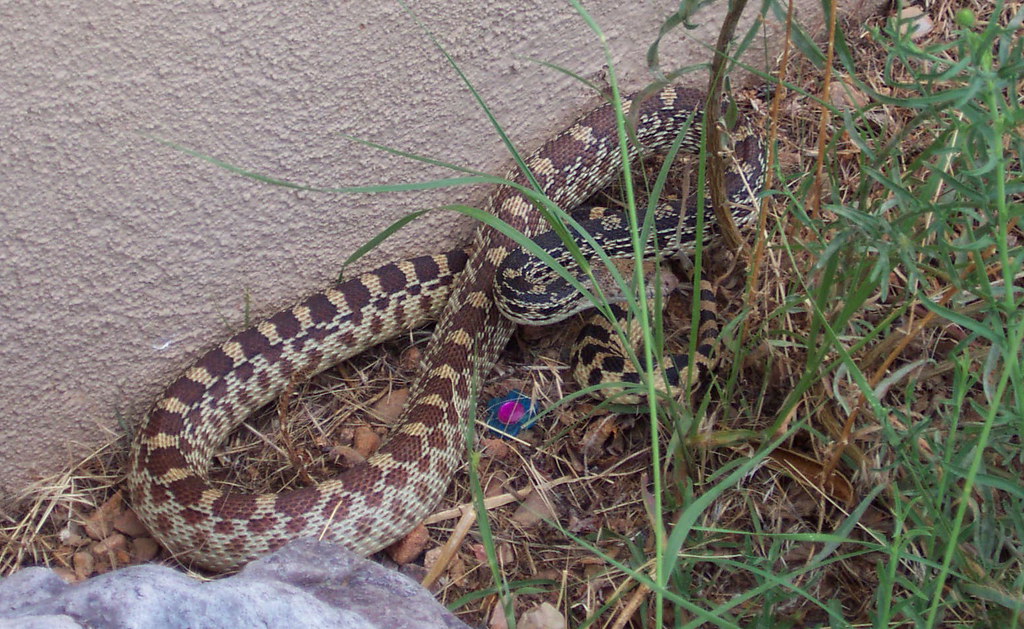
Snakes typically enter residential areas in search of food, water, shelter, or to regulate their body temperature. Your garden might be attracting snakes if it provides hiding spots like rock piles, wood stacks, or dense vegetation where mice and other prey animals live. Water features such as ponds or birdbaths offer drinking sources that appeal to snakes during hot weather. Understanding these attractants can help you make your yard less inviting to snakes in the future while also helping you locate where a snake might be hiding. Additionally, snakes are more active during warmer months when they’re not hibernating, so you’re more likely to encounter them in spring and summer.
Identifying Non-Venomous vs. Venomous Snakes
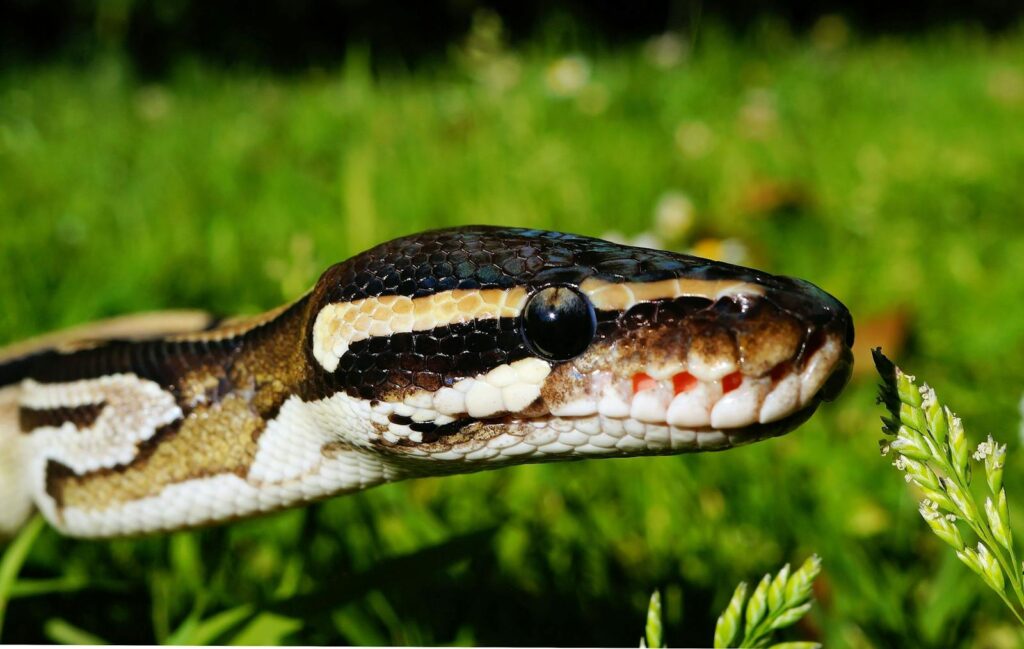
Before attempting any relocation, it’s crucial to confidently identify whether the snake is venomous or non-venomous. Non-venomous snakes typically have round pupils, lack facial pits between the eye and nostril, have a rounded head shape, and a single row of scales on their underside after the anal plate. Common non-venomous varieties include garter snakes, rat snakes, kingsnakes, and many types of water snakes. Venomous snakes in North America often have elliptical pupils (like a cat’s eye), heat-sensing pits between the eye and nostril, triangular heads, and rattles in the case of rattlesnakes. If you’re uncertain about identification, it’s always safest to contact a professional wildlife removal service rather than risk a potentially dangerous encounter. Remember that snake identification characteristics can vary by region, so familiarize yourself with local species.
Safety Precautions Before Attempting Relocation
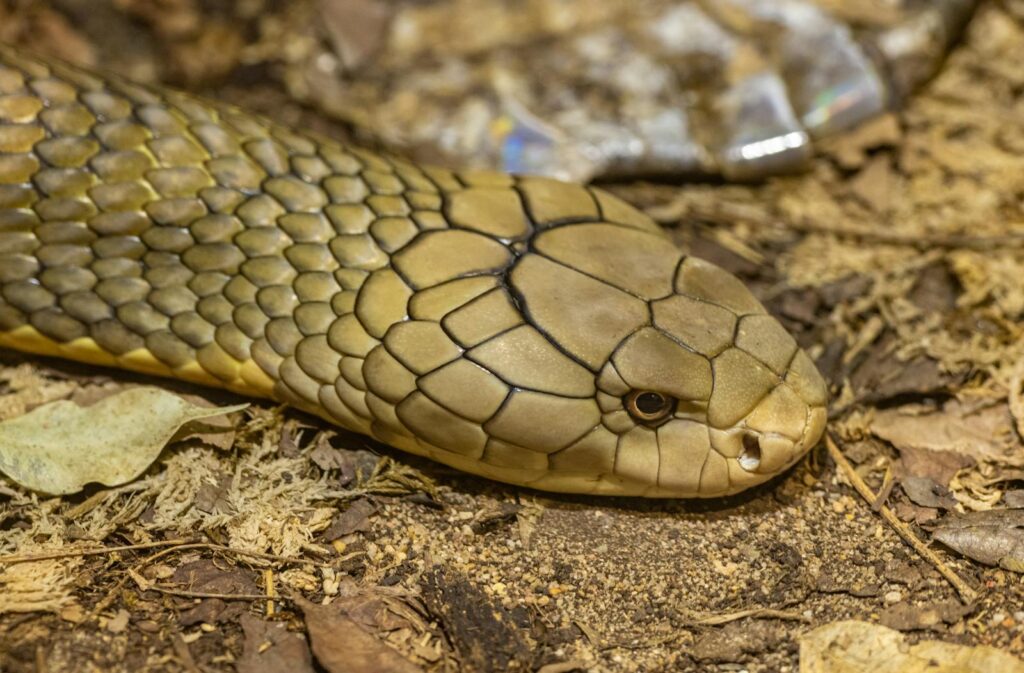
Before attempting to relocate any snake, take proper safety measures to protect yourself. Wear thick leather gloves, long pants, and closed-toe shoes to minimize the risk of being bitten. Even non-venomous snake bites can be painful and may become infected if not properly treated. Have your relocation equipment ready before approaching the snake, including a snake hook or tongs, a secure container with air holes and a locking lid, and a long-handled broom if needed. It’s also wise to have someone else present during the relocation process as a safety precaution. If you have any medical conditions that could be complicated by stress or if you’re extremely fearful of snakes, consider calling a professional rather than attempting the relocation yourself.
Gathering the Right Equipment

Proper equipment is essential for safely relocating a snake without causing harm to yourself or the animal. A snake hook or snake tongs (available at pet stores or online) are ideal tools for gently handling the reptile from a safe distance. You’ll need a secure, ventilated container for transportation, such as a plastic storage bin with a locking lid and air holes, or a specialized snake bag if available. A spray bottle filled with water can help encourage a reluctant snake to move in your desired direction without direct handling. A flashlight is important if you’re searching in shadowy areas or during evening hours when snakes may be more active. For larger snakes, having a pillowcase or cloth sack as a backup containment option can be helpful.
Approaching the Snake Safely
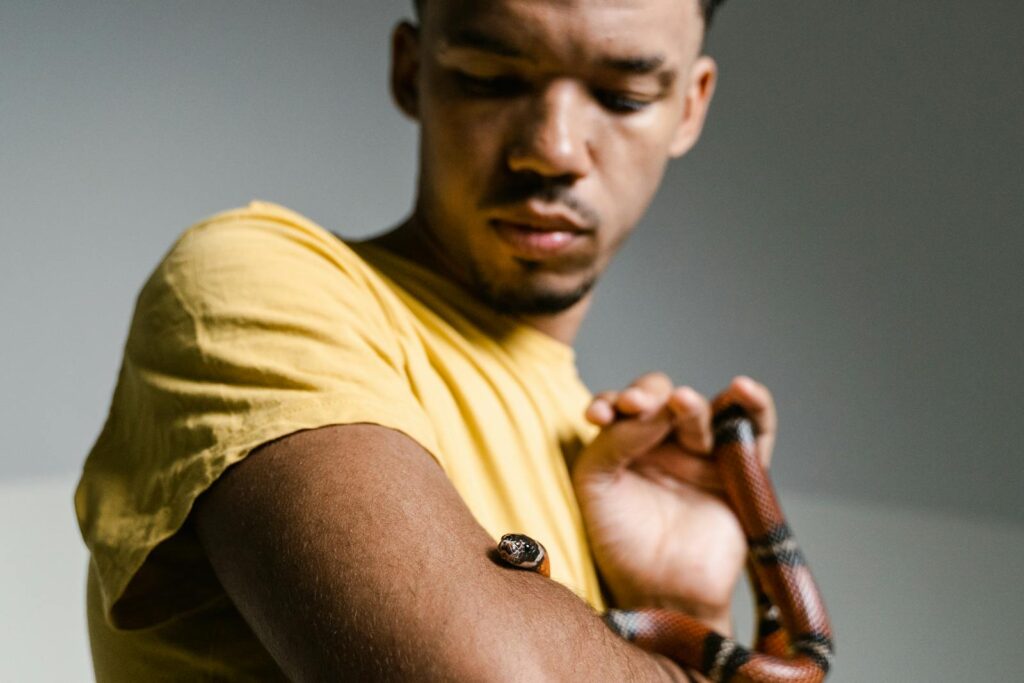
When approaching a snake, move slowly and deliberately to avoid startling it, as sudden movements may cause it to flee or become defensive. Approach from a position where the snake can see you, rather than sneaking up from behind, which might trigger a defensive response. Maintain a respectful distance initially, about twice the length of the snake, until you’re ready to begin the capture process. Speak in low, calm tones or remain quiet, as loud noises can stress the animal. Watch the snake’s body language—if it begins to coil tightly, flatten its neck, or hiss, it’s feeling threatened and may strike if approached further. In this case, back away slowly and reconsider your approach or call a professional.
Capturing Techniques for Different Situations
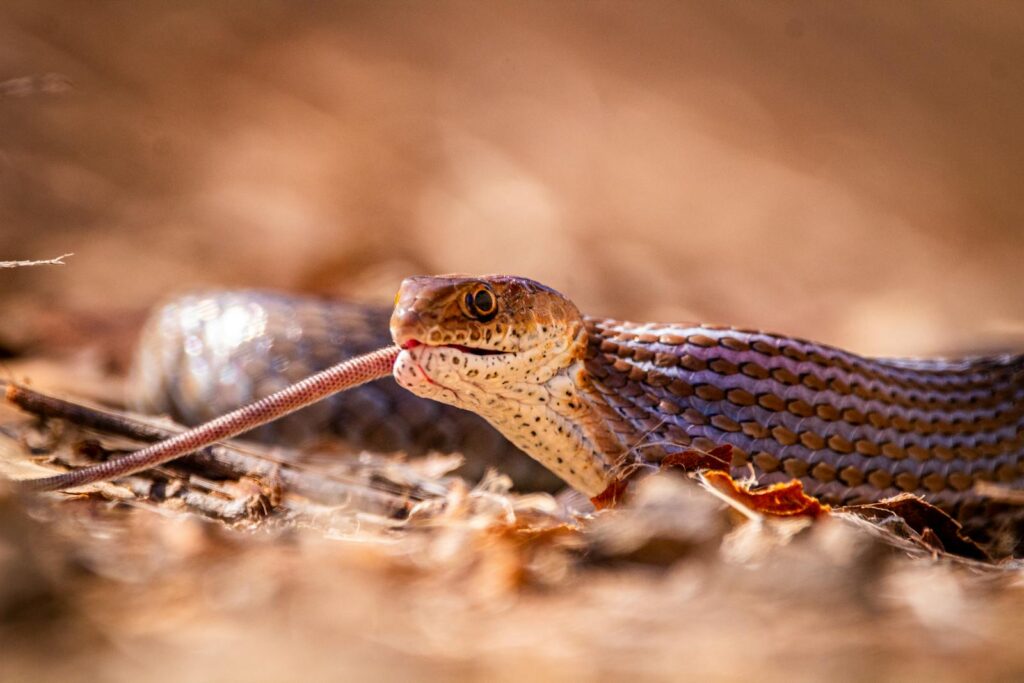
The technique you use to capture the snake will depend on its location and behavior. For a snake in the open, gently place your snake hook under the middle of its body and slowly lift it, supporting the snake’s weight evenly while keeping it away from your body. If the snake is hiding under an object, carefully lift the object with a tool rather than your hands, staying ready to safely capture the snake as it’s exposed. For snakes in confined spaces, you might need to gently guide it toward an exit point using a broom handle or snake hook. Particularly skittish snakes might be easier to capture by placing an open container in front of them and guiding them inside with gentle movements of your hook or tongs. Remember that using glue traps or similar devices is inhumane and can severely injure or kill snakes.
Proper Handling to Minimize Stress
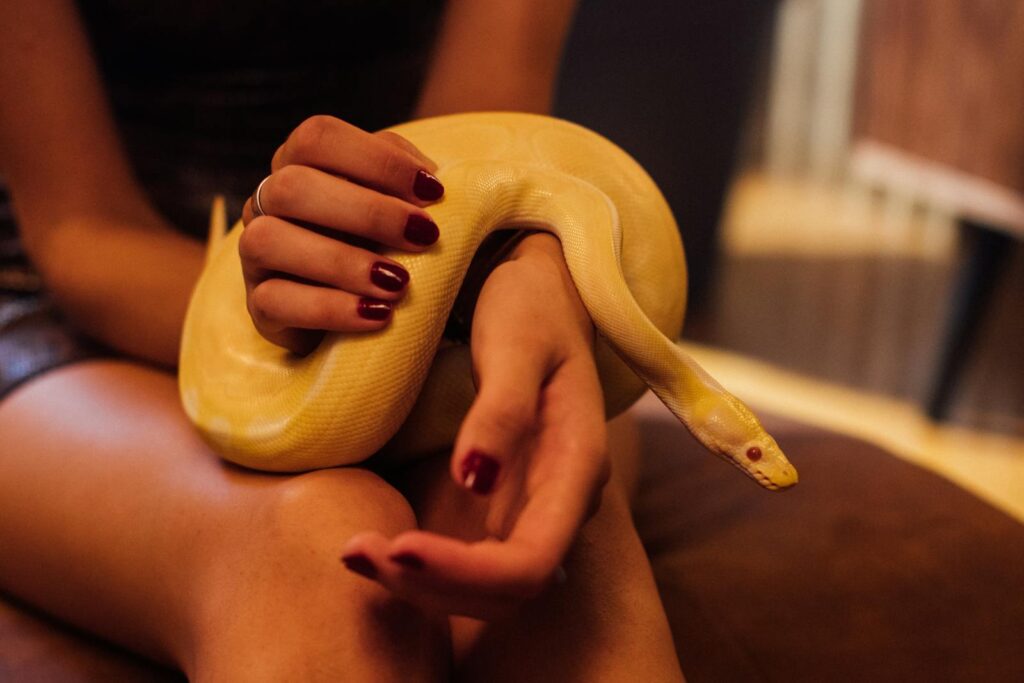
Once captured, proper handling is critical to minimize stress and prevent injury to the snake. Support the snake’s body at multiple points rather than letting it dangle, as dangling can cause internal injuries to the animal. Never grab a snake by its tail alone, as this can damage its spine and provoke it to twist back and bite in self-defense. Avoid squeezing or restraining the snake tightly, which causes panic and stress that could lead to defensive behavior. Move slowly and steadily when transferring the snake to your container, avoiding jerky movements that might startle it. If using a snake hook, keep the snake’s head pointing away from you and maintain enough distance to prevent it from striking if it becomes agitated.
Choosing an Appropriate Relocation Site
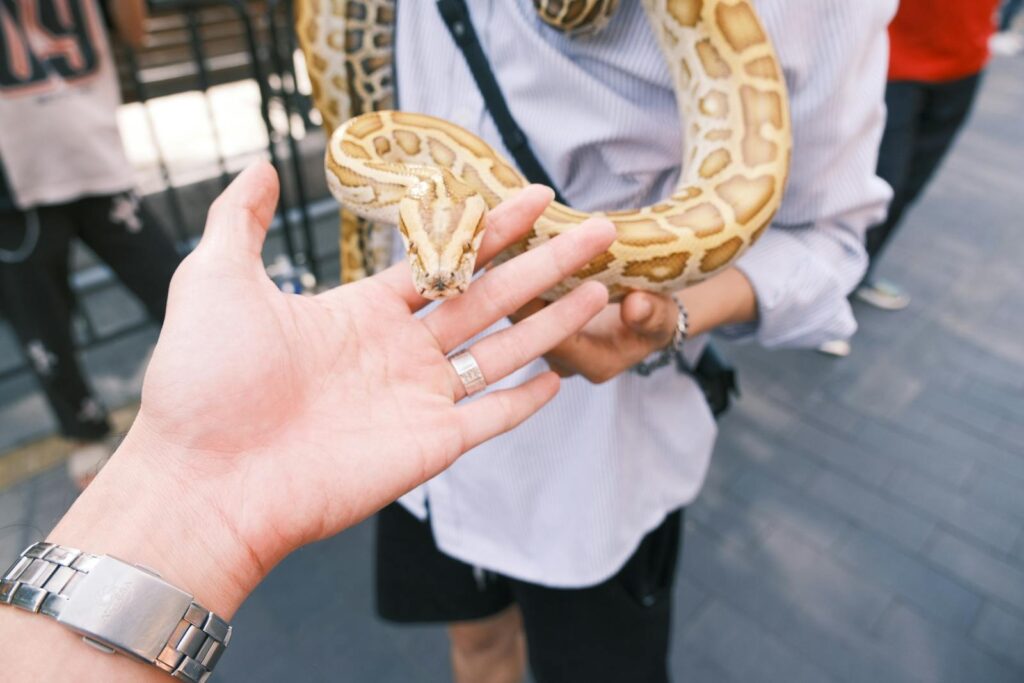
Selecting an appropriate relocation site is crucial for the snake’s survival and to prevent its return to your property. Choose a natural habitat similar to where the snake was found, with food sources, water, and shelter opportunities within a quarter-mile radius. Public lands such as parks, wildlife management areas, or nature preserves are often good choices, but always check local regulations regarding wildlife relocation first. Avoid releasing the snake in residential areas, agricultural fields, or heavily trafficked locations where it might end up in someone else’s yard or get killed. The ideal release spot should be at least 300-500 feet from human habitation but not so far that the snake is placed in an unfamiliar ecosystem where it might struggle to survive. Consider seasonal factors too—don’t relocate during extreme weather conditions that could be harmful to the snake.
Safely Releasing the Snake

When releasing the snake, choose a time when temperatures are moderate, ideally during the morning or late afternoon rather than during peak heat or cold. Place the container on the ground at the release site, gently remove the lid, and step back to give the snake space to exit on its own terms. If necessary, you can carefully tip the container slightly or use your snake hook to gently encourage the snake to leave. Once the snake begins to move away, remain still and quiet until it has completely disappeared into the vegetation or a suitable hiding spot. Never release a snake by dumping it out of the container from a height, as this can cause injury. If the snake doesn’t immediately leave the container, you can step away for a few minutes to give it time to feel secure enough to emerge.
When to Call Professional Help

There are several situations where calling a professional wildlife removal specialist is the wisest choice. If you’re unable to confidently identify the snake as non-venomous, never attempt to handle it yourself—contact a professional immediately. Snakes that have taken residence in difficult-to-access areas such as wall voids, crawlspaces, or attics typically require expert removal techniques and tools. If the snake appears injured, ill, or unusually aggressive, a wildlife rehabilitator can provide proper care. For very large snakes that may be challenging to safely contain, professional assistance is recommended. Remember that in many regions, certain snake species are protected by law, and a professional will know the legal requirements for handling these protected animals.
Preventative Measures to Keep Snakes Away
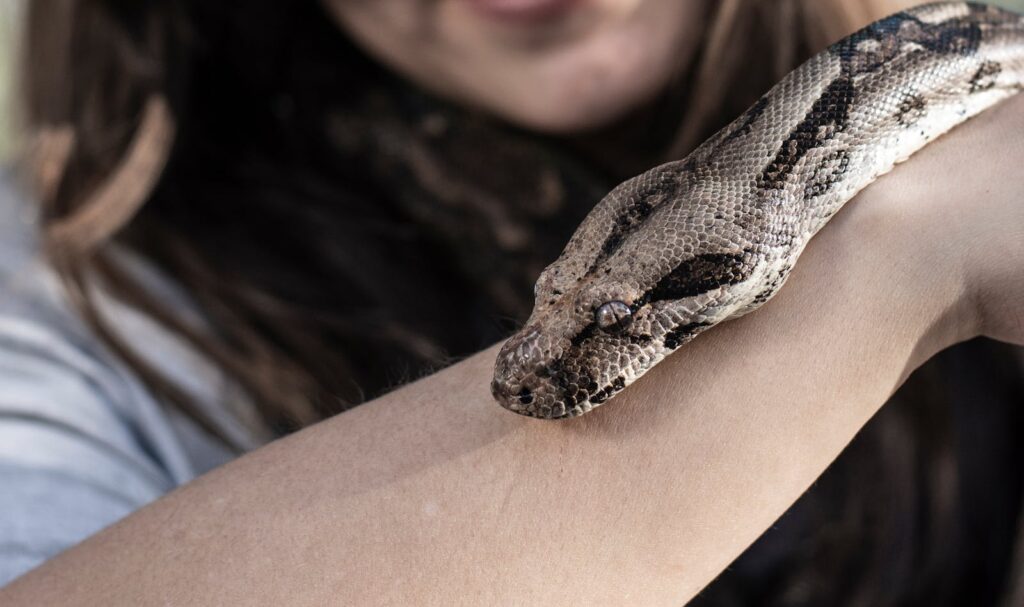
After successfully relocating a snake, you’ll likely want to prevent future visitors by making your yard less attractive to them. Remove potential hiding places by keeping grass short, trimming bushes away from the ground, and storing firewood on raised platforms rather than directly on the ground. Eliminate food sources by addressing any rodent problems through proper trash management and sealing entry points to structures. Consider installing snake-proof fencing that’s buried several inches underground and angled outward, making it difficult for snakes to climb or burrow beneath. Remove debris piles promptly, as these make ideal snake habitats. Keep bird feeders away from the house to avoid attracting rodents, which in turn attract snakes looking for prey.
Understanding Legal Considerations
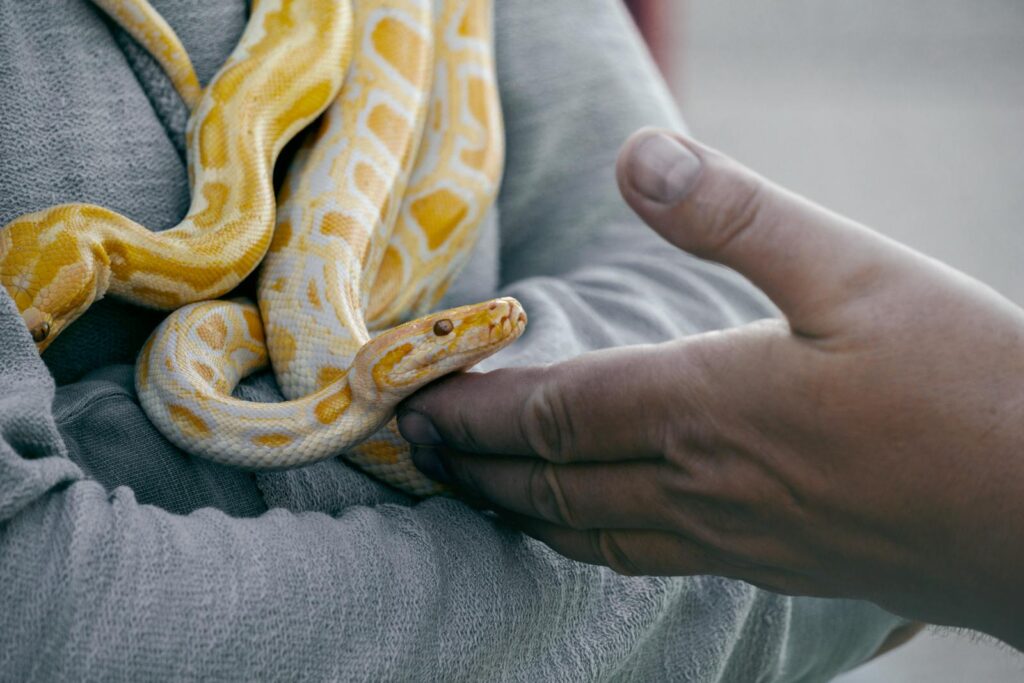
Before relocating any snake, it’s important to understand the legal regulations that may apply in your area. Many states have specific laws regarding the handling and relocation of wildlife, including snakes. Some species may be protected under state or federal law, making it illegal to capture or relocate them without proper permits. In certain areas, it’s illegal to release any wildlife more than a specific distance from where it was found. Contact your local wildlife agency or department of natural resources to understand the regulations specific to your region before attempting a relocation. Respecting these laws not only keeps you legally compliant but also helps protect native snake populations and ecosystem balance.
Educational Opportunities and Benefits of Snakes
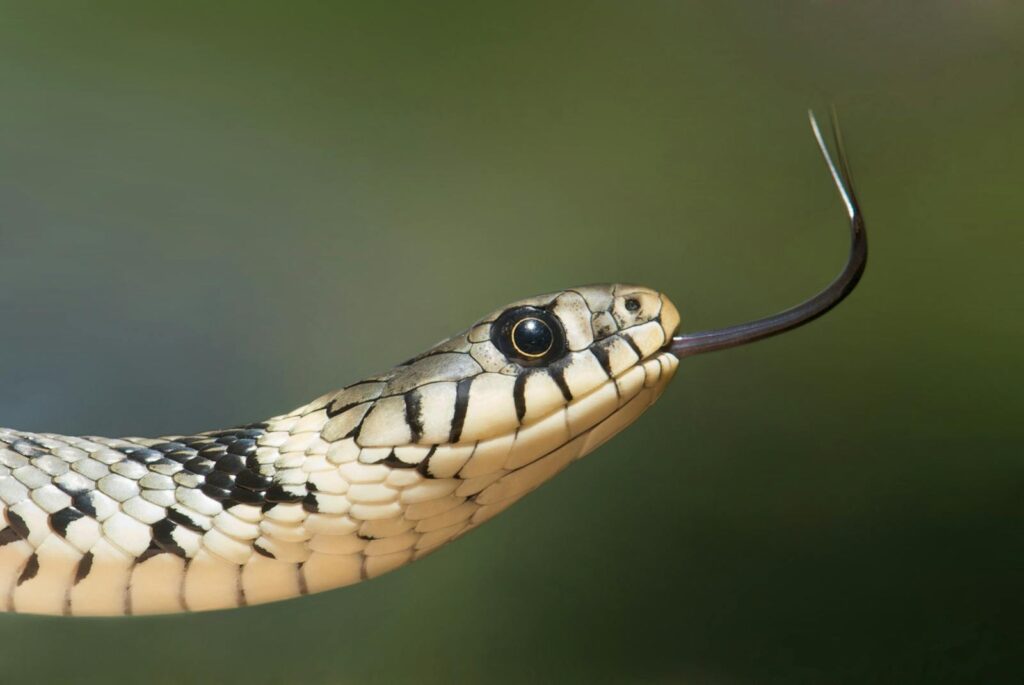
Encountering a snake in your yard presents a valuable educational opportunity, especially for children who can learn about local wildlife and overcome unfounded fears. Snakes play crucial ecological roles as both predator and prey, helping to control rodent populations that can spread disease and damage crops or gardens. Many non-venomous snakes consume insects, slugs, and other garden pests, providing natural pest control without the need for chemicals. By learning to identify and respect snakes rather than fear them indiscriminately, you contribute to conservation efforts for these often misunderstood creatures. Consider documenting your snake encounter with photographs (from a safe distance) and using identification guides or local naturalist groups to learn more about the specific species visiting your yard.
Conclusion
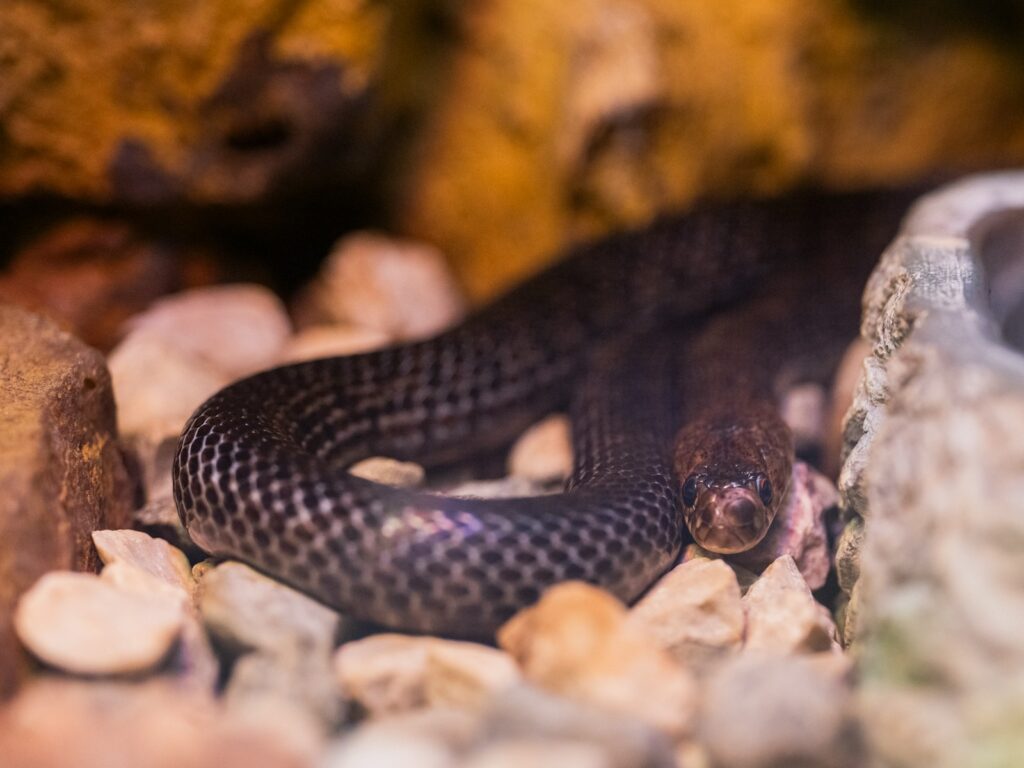
Relocating a non-venomous snake from your yard requires careful preparation, proper identification, and respect for the animal’s wellbeing. By following these guidelines, you can safely move the snake to a more suitable habitat while minimizing stress to both yourself and the reptile. Remember that snakes generally avoid human interaction and play beneficial roles in our ecosystems. If you’re ever in doubt about your ability to safely relocate a snake, don’t hesitate to contact professional wildlife services who have the training and equipment to handle the situation properly. With knowledge and preparation, you can coexist peacefully with the wildlife around your home, even the slithering kinds.

